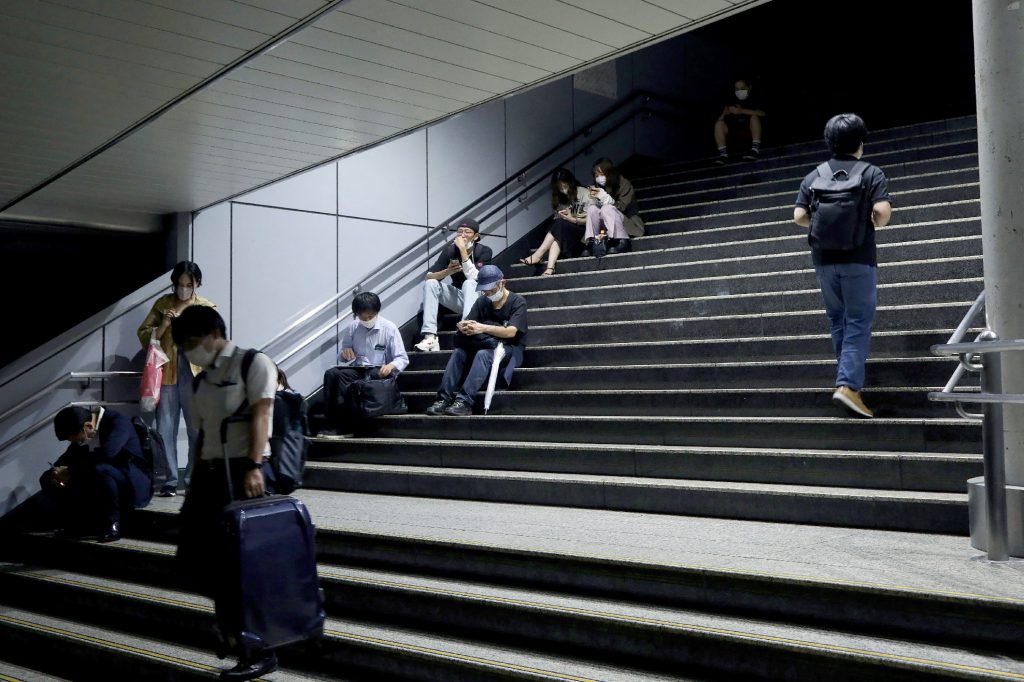
- ARAB NEWS
- 13 Jul 2025

Arab News Japan
TOKYO: The Kanto area surrounding Tokyo is long overdue a major earthquake and residents of the region got a brief preview on Thursday when a large quake hit the area.
The Kanto area is seen as an “earthquake nest” as four plates come together in the region, making it one of the most earthquake-prone areas in the world.
On Thursday, two of the plates under the ocean, the Pacific plate and the Philippine Sea plate, subducted under the land plate, the North American plate.
The two sea plates move a few centimeters to a dozen centimeters a year, and “strain” accumulates at their boundaries and inside. When the accumulated strain reaches its limit, an earthquake occurs due to the momentum released when it returns to its original state.
According to the Japan Meteorological Agency, this earthquake seems to have occurred at the boundary between the two sea plates.
Regarding a possible earthquake directly beneath the capital, Shinya Tsukada, chief of the earthquake and tsunami monitoring section of the agency, explained that “the epicenter was deeper and smaller this time than the expected earthquake.”
A large quake under Tokyo could occur within the next 30 years with a 70% probability, and the government envisions 19 patterns for each location of the epicenter.
In the case of the vicinity of Chiba City, a quake with a magnitude of 7.3 at a depth of about 30 to 60 km is being assumed. This time it was M5.9 and at a depth of 75 km. The seismic intensity was upper 5 (7 on a scale of 10) in Adachi-ku, Tokyo, and Kawaguchi-shi, Saitama Prefecture, which is 30-40 km northwest of the epicenter.
Regarding the reason why the area away from the epicenter shook strongly, Tsukuda said, in an interview with local media, “The seismic intensity may have been higher in places where the ground was soft, such as areas that were close to rivers.”
In the northwestern part of Chiba prefecture, earthquakes have occurred repeatedly in the past. According to the agency, earthquakes of M6.0 and above have been observed six times since 1928. Naoshi Hirata, chairman of the government’s Earthquake Research Committee (Professor Emeritus of the University of Tokyo) told the Yomiuri paper, “There is a risk that houses may have been damaged. There is a risk of even greater damage if an earthquake on a similar scale hits the same area.”